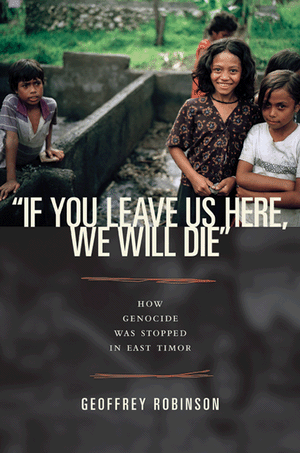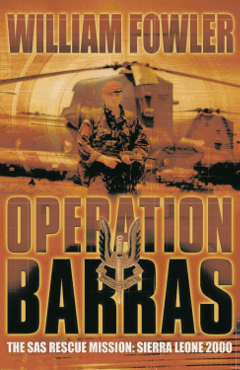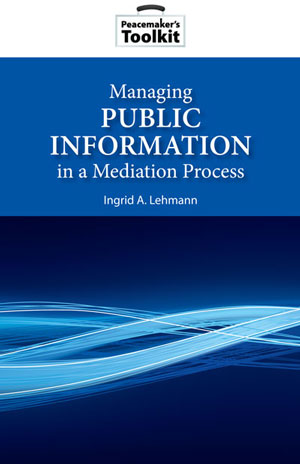Kindle edition, published by AmazonCrossing, Seattle
Originally published by Remzi Kitabevi, Istanbul, 1999
Reviewed for Peacehawks by Jamie Arbuckle
Introduction
The author describes her book succinctly and accurately in her introduction:
This book tells the story of the heroic and honorable people who survived the horrendous war in Bosnia that took place from April 5, 1992 to February 26, 1996, during which Sarajevo was held under siege for 1,395 days, without regular electricity, communications or water. Ten thousand six hundred Bosniaks – of whom 1,600 were children – lost their lives. Those who survived were pressured to accept the Dayton Agreement. With this treaty, 51 per cent of Bosnia was left to Bosnia and Herzegovina, while the Serbs, who comprised only 34 percent of the population before the war, gained 49 per cent of the land. (location 31).












